A wall pour is a more complicated design for sure! But if you successfully pull it off, the results are stunning! This soap uses a range of dusty pinks, creating a perfect soap for Valentines.
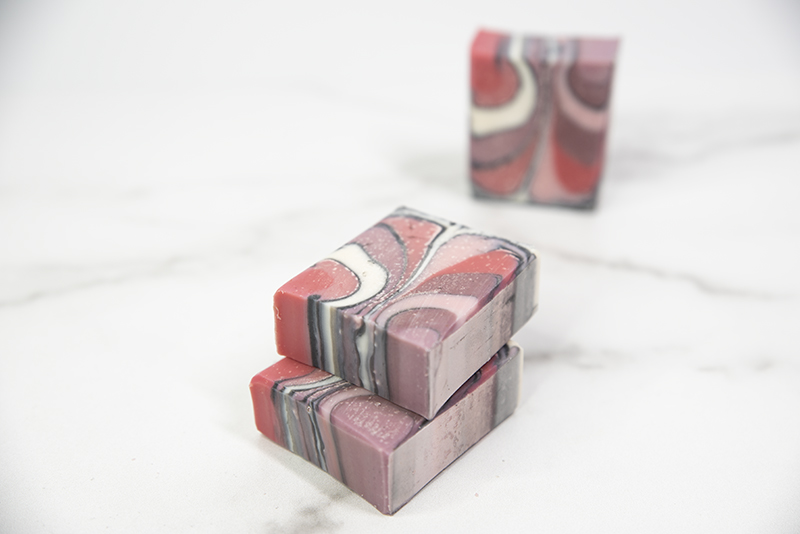
(Disclosure: Some of the links below are affiliate links, meaning, at no additional cost to you, I will earn a commission if you click through and make a purchase.)
I used a 12″ Silicone Loaf Mold from Nurture!
Pink and Black Wall Pour Soap Design
Basic Body Bar – More Moisture from Lovin Soap Studio Recipe eBook (Grab your copy for 50 cold process soap recipes + 64 essential oils blends!)
Base Oils
- Coconut Oil (76 degree) – 270 grams (30%)
- Shea Butter – 90 grams (10%)
- Olive Oil – 342 grams (38%)
- Avocado Oil – 72 grams (8%)
- Rice Bran Oil – 126 grams (14%)
Lye Solution
- Sodium Hydroxide – 126 grams (5% superfat)
- Water – 252 grams (1:2, lye:water ratio)
Scent
Use your favorite slow-moving fragrance or essential oil blend. I simply used a blend of lavender and litsea essential oils. If you’re looking for a good place to get essential oils, I HIGHLY recommend Appalachian Valley Natural Products. I love their products and their shipping is super fast!
- Lavender Essential Oil – 15 grams
- Litsea Essential Oil – 15 grams
Colors
- Winter White Mica (Nurture)
- Queen of Hearts Mica (Nurture)
- Heartbreaker Mica (Nurture)
- Oleander Mica (Nurture)
- Rapture Mica (Nurture)
- Charcoal
Let’s make soap! If you are new to soapmaking, be sure to download our free guide, How to Make Cold Process Soap! Gear up in your gloves and your safety glasses.
Step 1: Create a lye solution. Weigh the water and lye into two separate containers. Slowly pour the sodium hydroxide into the water while stirring. Stir until completely dissolved and set aside to cool.
Step 2: Prepare the base oils. First, weigh any solid oils and butters into a container and melt. You can melt using the microwave or low heat on a burner. Next, weigh each liquid oil into the melted oils. The liquid oils will cool down the melted oils and leave you with a base oil mixture that is about at the correct temperature to make soap. It might still need to cool down a bit.
Step 3: Weigh your slow-moving essential oil or fragrance oil into a glass or stainless steel container and add to your base oil.
Step 4: Prepare your mold. If you need to line your mold, line it.
Step 5: Check the temperatures. You should now have a container containing liquid base oils and a container containing lye solution. Take the temperatures using an infra-red temperature gun. Be sure to stir each mixture before taking the temp. You want your temperatures to be between 80-100 degrees F.
Step 6: Once you have reached desired temperatures, pour the lye solution into the oil mixture and mix to emulsion.
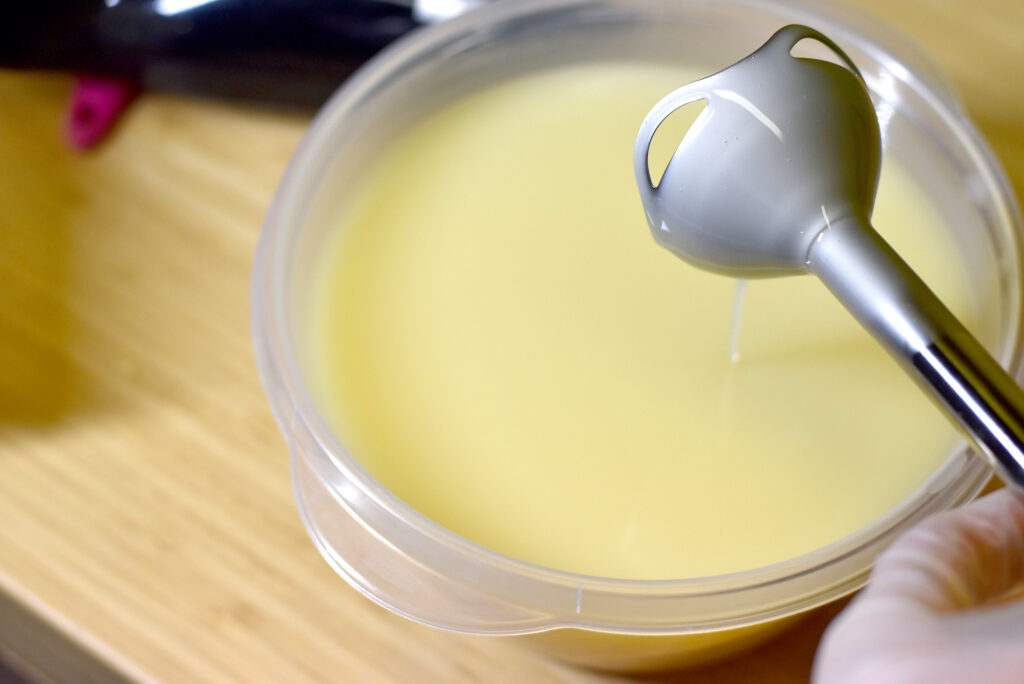
Step 7: Once emulsified, divide your soap into 7 cups (or as many as you want). I chose to do 7 colors, you could do 2-3 colors to simplify the design.
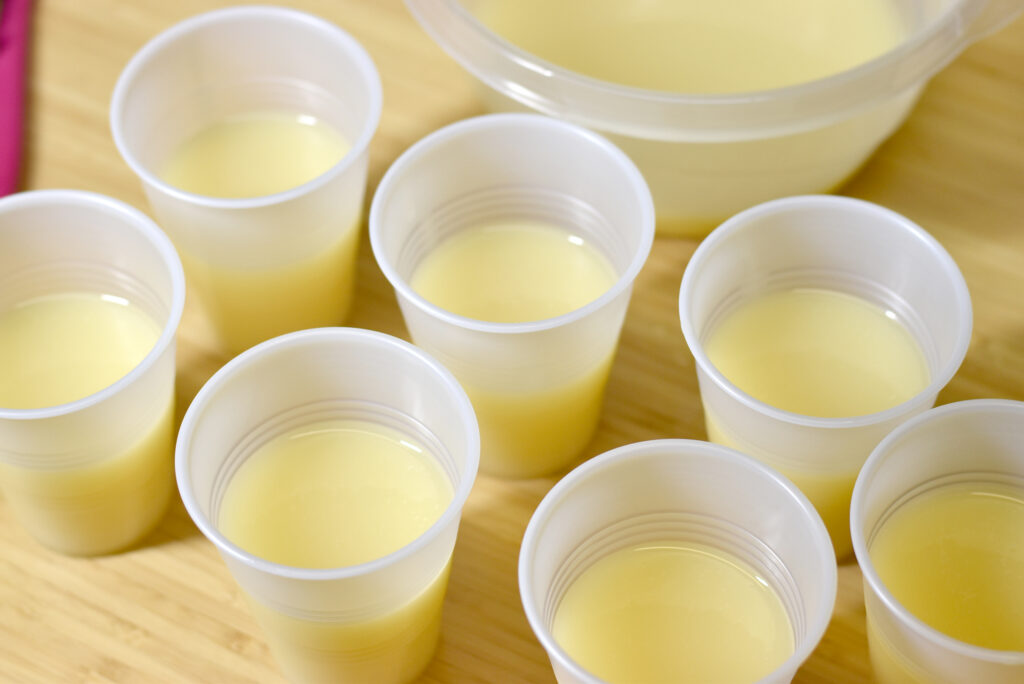
Step 8: Add colorants and mix. As you watch the video, you can see that I mixed to get a variety of tints and shades.
Step 9: Pour your soap! A wall pour is a bit complicated to explain so be sure to watch the video to see me pour the soap.
Tilt your mold to one side. I simply used some lids to tilt the mold.
This helps you pour the soap on the wall to create the design. I simply used some container lids to tilt my mold. Pour a tiny bit of black down one wall of the soap. Pour a color down the same wall. Tilt the mold to the opposite direction and repeat with another color. I rotated through each color about 2 times.
Video of Wall Pour
Step 10: I left the top as-is, but you can swirl if you’d like. Just swirl the very top; don’t swirl the whole soap or you’ll ruin the design. Allow your soap to sit for about 10 minutes and spray with alcohol to combat ash. Spray again after an hour.
Step 11: Allow your soap to saponify and harden for at least 24 hours. After 24 hours, you can unmold and cut. Cure your soap for 4-6 weeks.
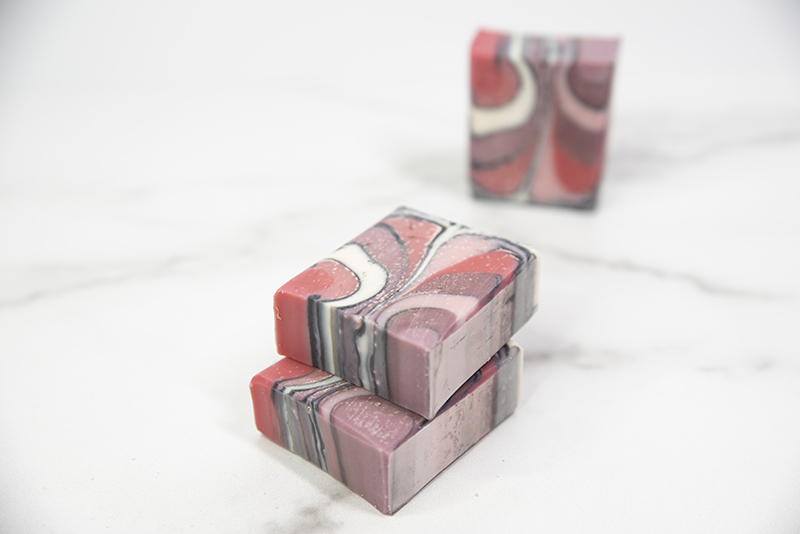
Thanks for reading!
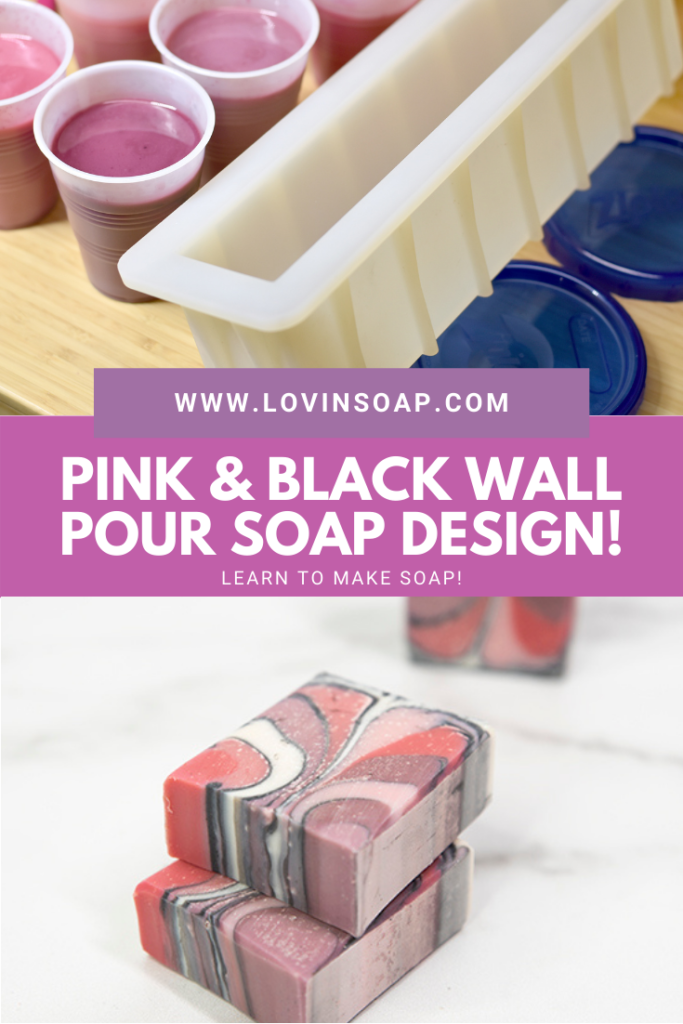
Grab our newly expanded Secrets of Swirling eCourse!
Learn to control trace, so it doesn’t control you!
This detailed video training explores the difference between emulsion and trace, so you know when to stop mixing your soap, allowing enough time to color and execute intricate designs. You’ll leave the eClass with a greater understanding of how water/liquid, temperatures, base oils, fragrance oils, essential oils and additives all affect the movement of your soap to trace.
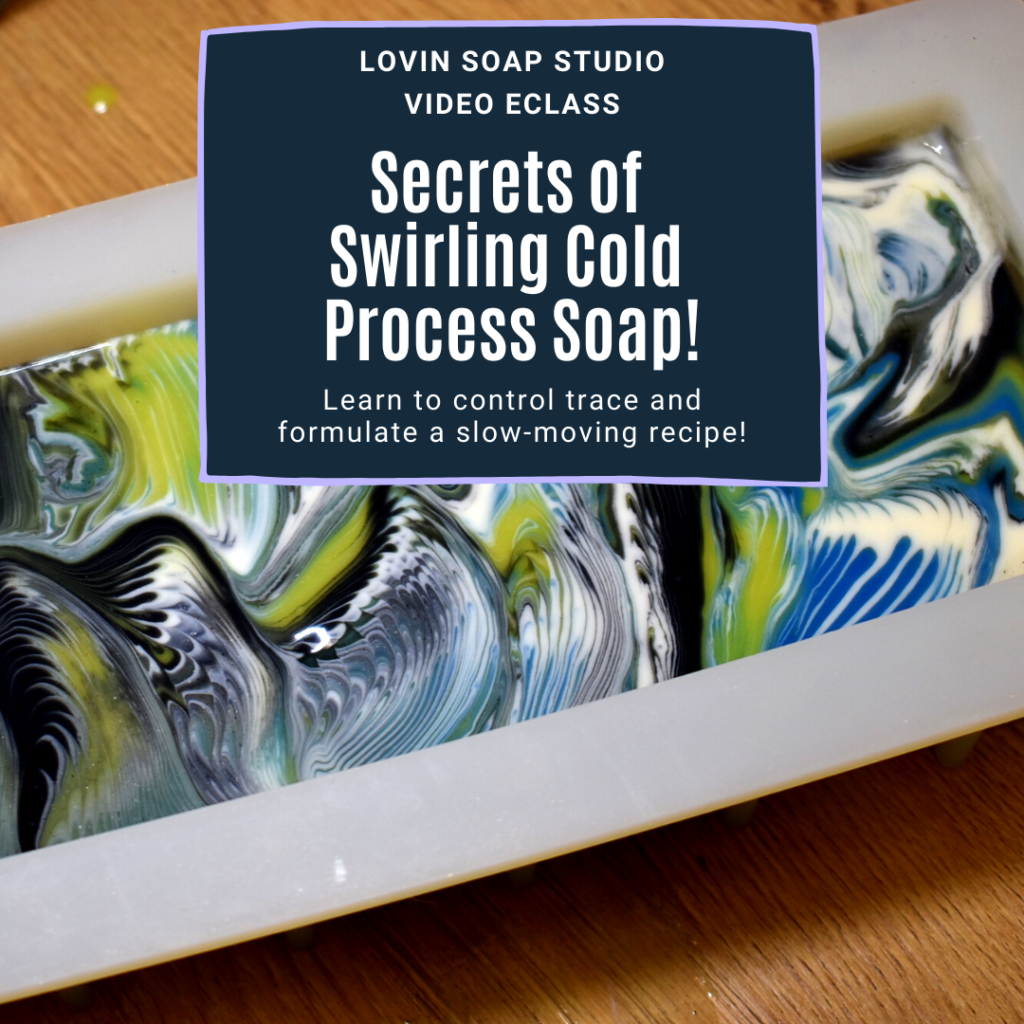

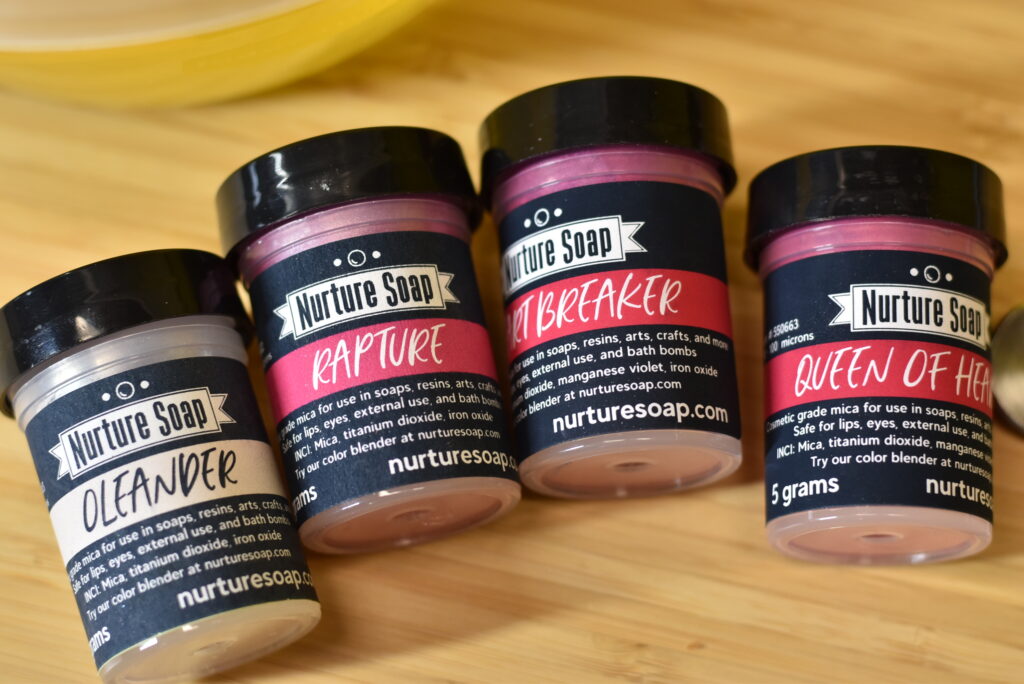
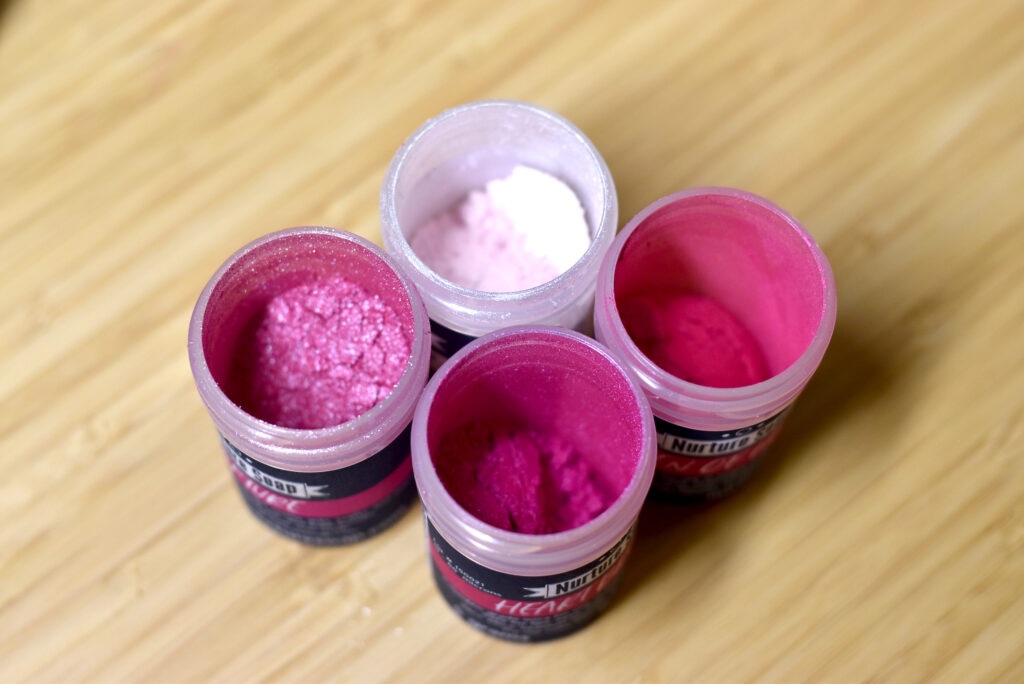
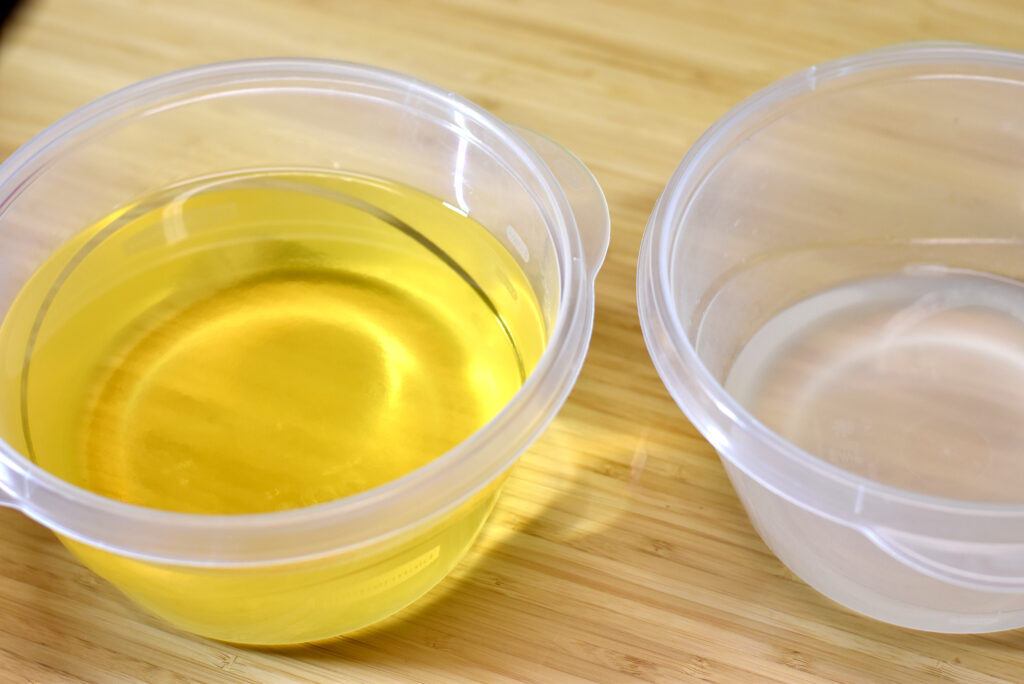
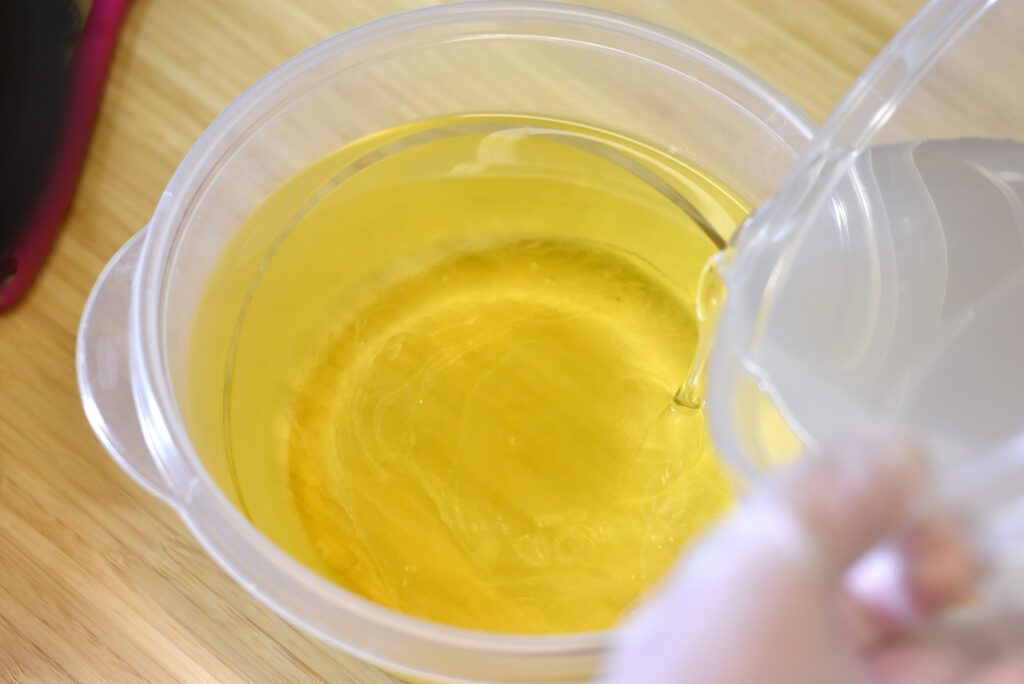
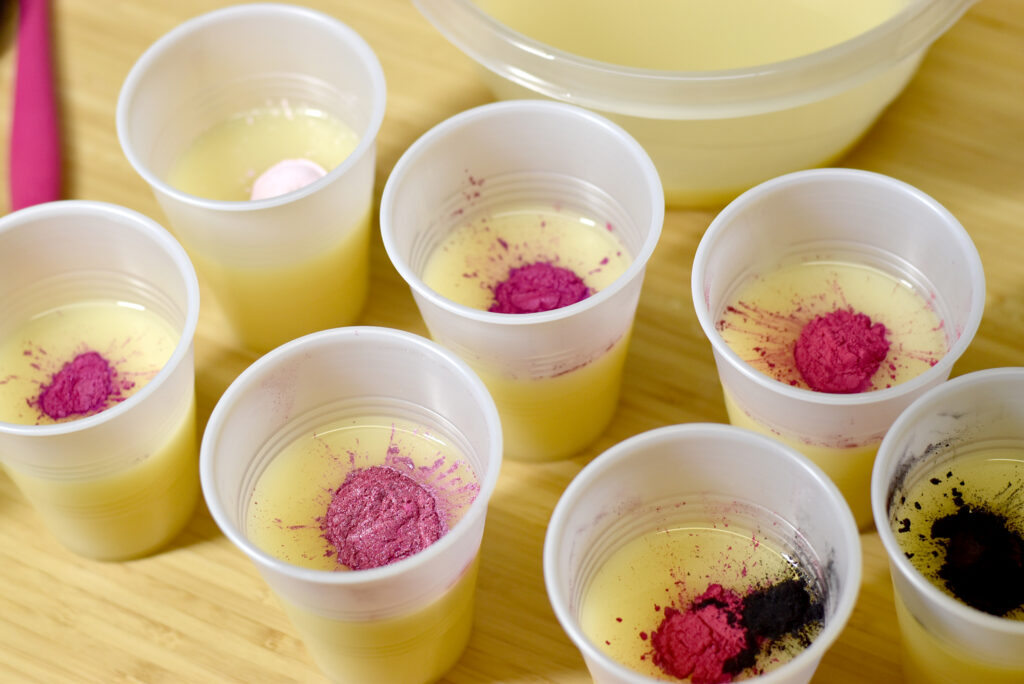
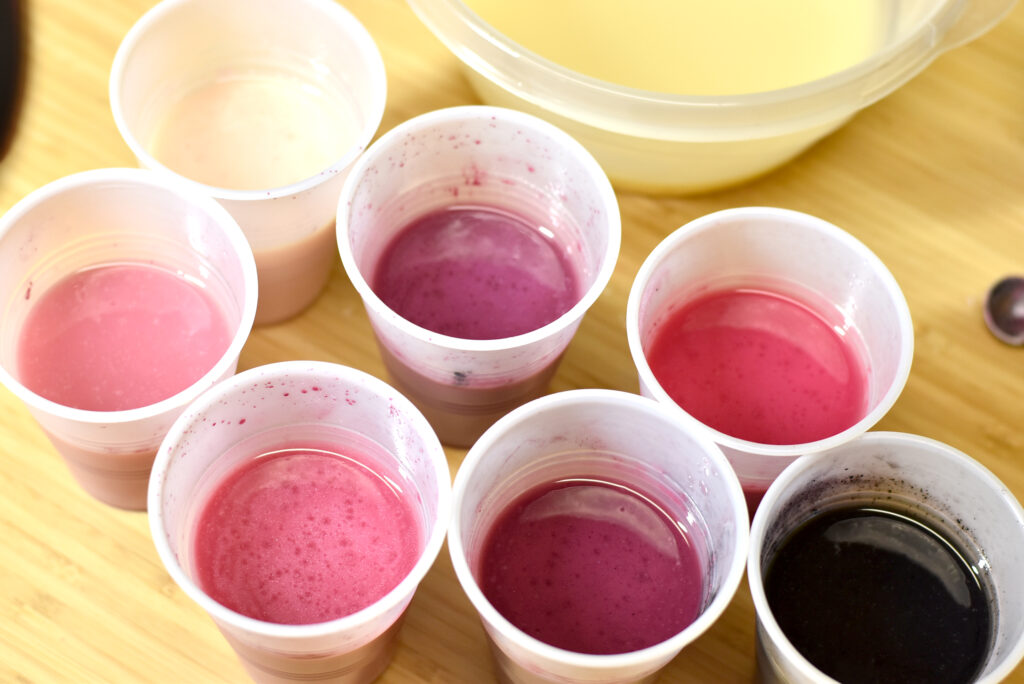
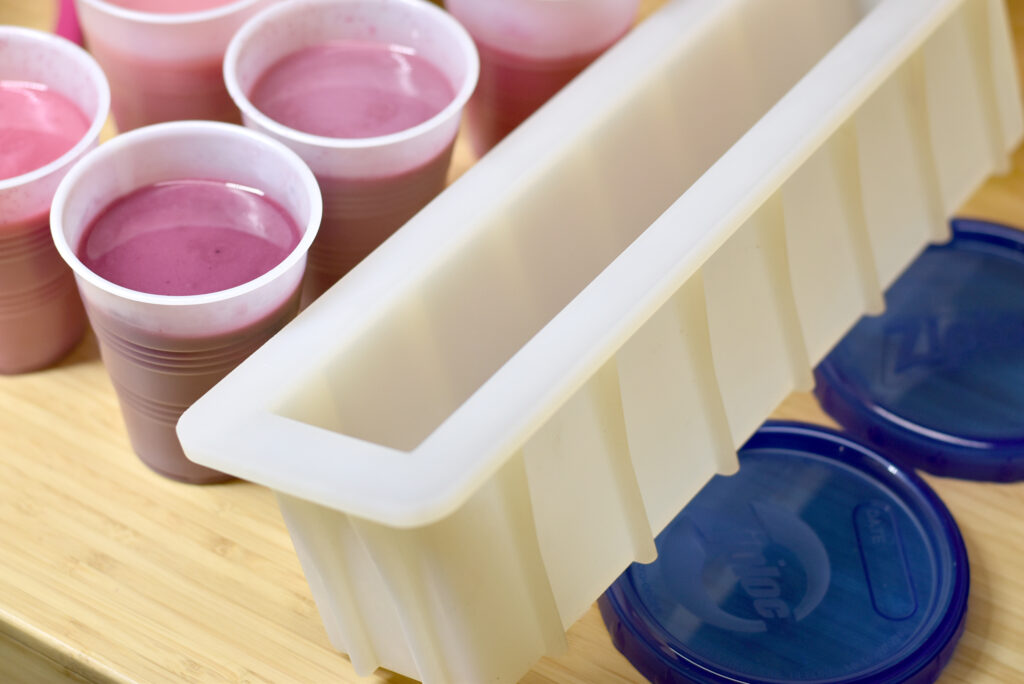
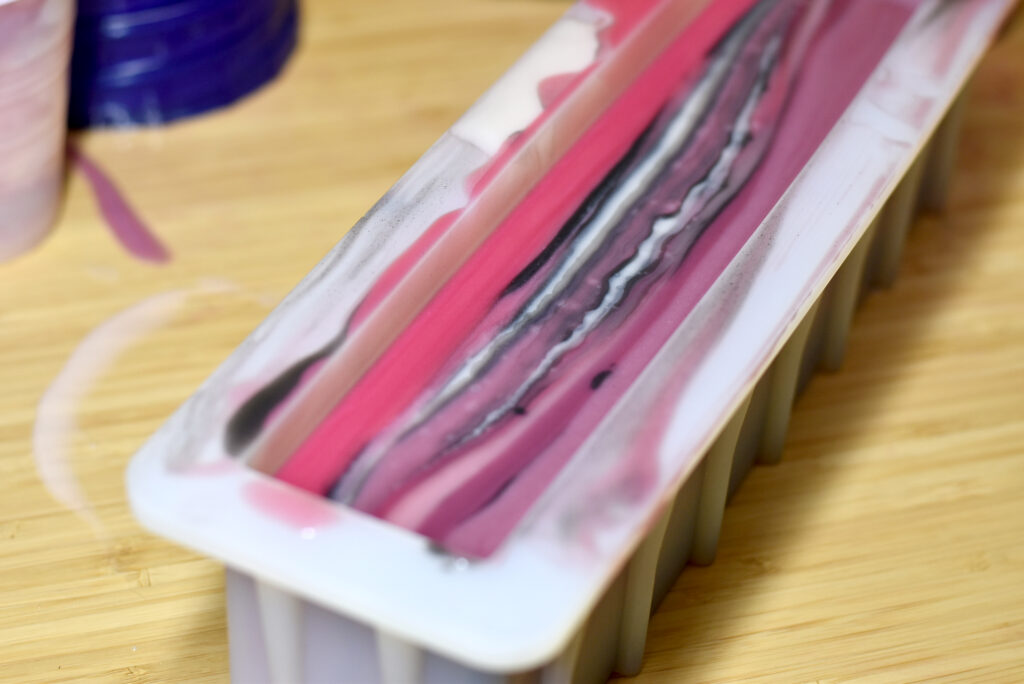

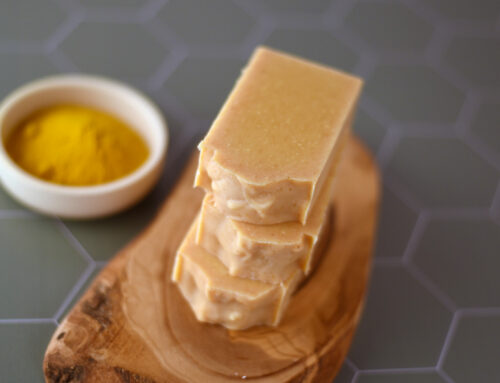
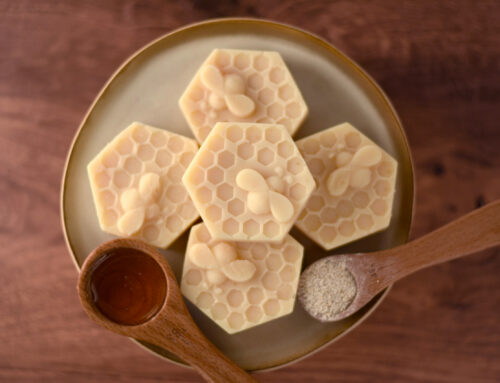
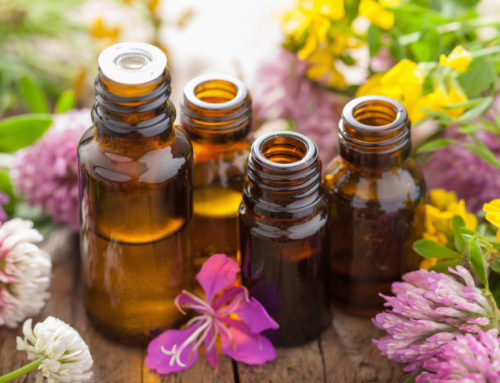

Thank u for all your free lessons. I’m new to this. Never tried it. But I’m very interested. And your the 1st webpage I went to. Thank you!
Hi thanks for this post and for explaining beautiful designs. I am new and still doing researches to understand more.